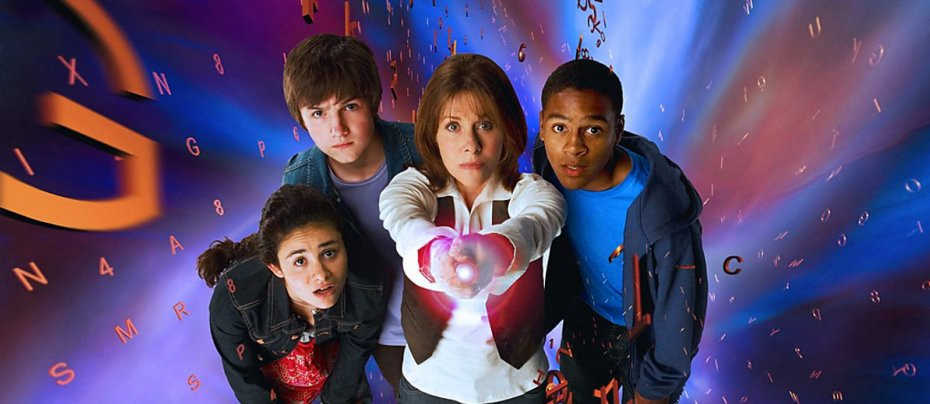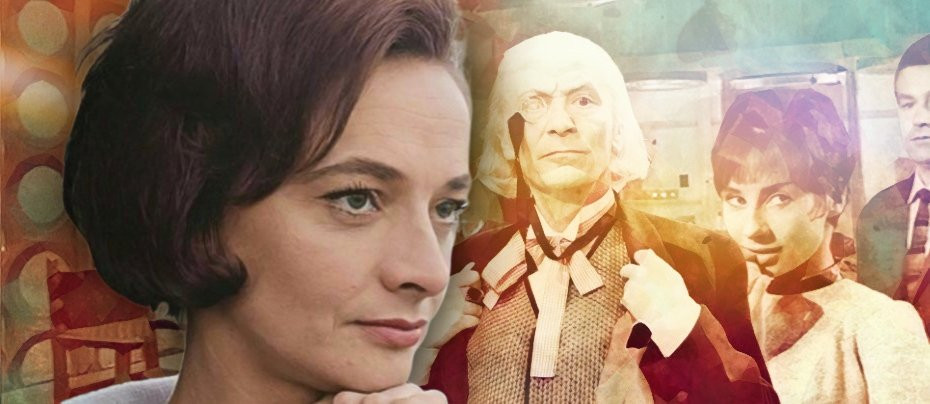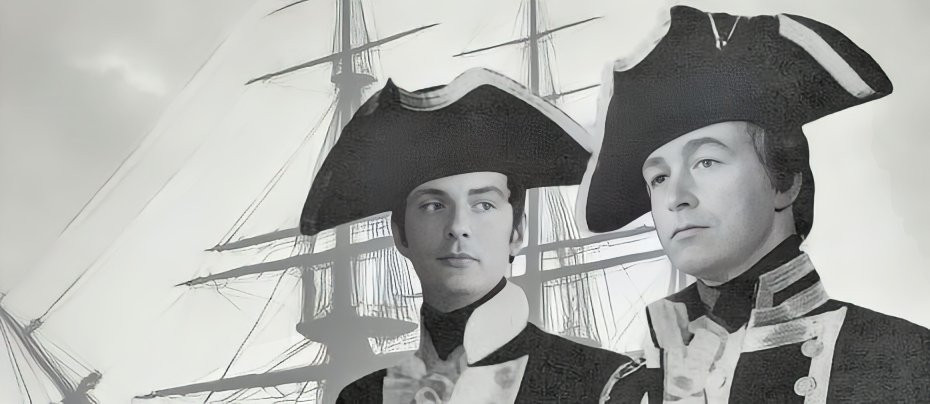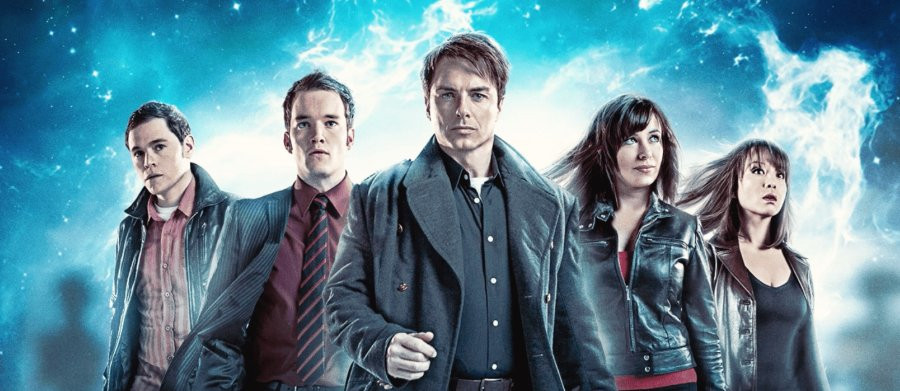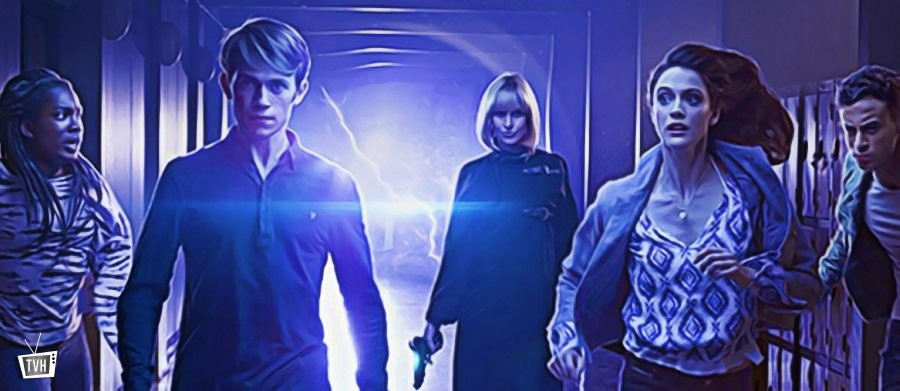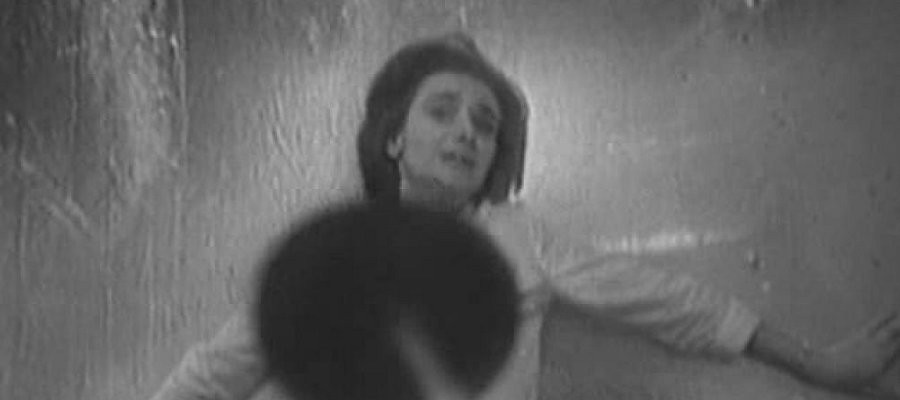Inside the Spaceship - 1964
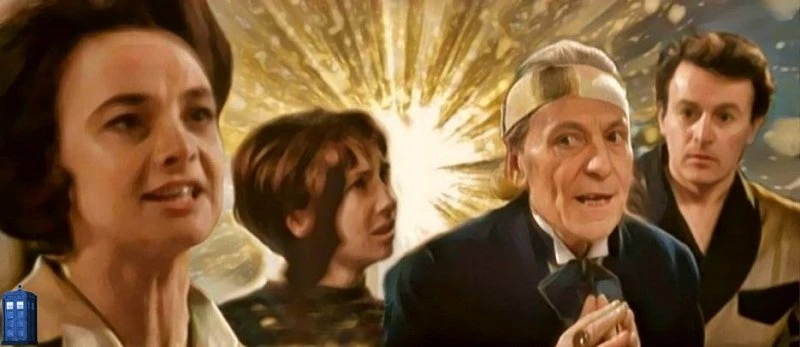
Inside the Spaceship, also known as The Edge of Destruction from the title of its first episode, is an oddity from Doctor Who's earliest history. At only two episodes long, it is by far the shortest serial in the programme's black-and-white era (save for the single episode production Mission to the Unknown, and that was really a lead-in to the remarkably long The Daleks' Masterplan). Indeed, it's barely an adventure in its own right, being more of a brief bit of trouble for the TARDIS crew between materialisations.
Set entirely within the confines of the TARDIS, the story is a classic example of a "bottle episode," featuring only standing sets and the regular cast. It would be easy to forget such a slight story, particularly as it was broadcast between the first Dalek serial and the legendary lost historical, Marco Polo. Indeed, critical consensus has been mostly negative with regards to the story, although in recent years, opinions have become more favourable. Certainly, viewer responses at the time were largely positive, and it retained the strong audience figures the programme had gained during The Daleks.
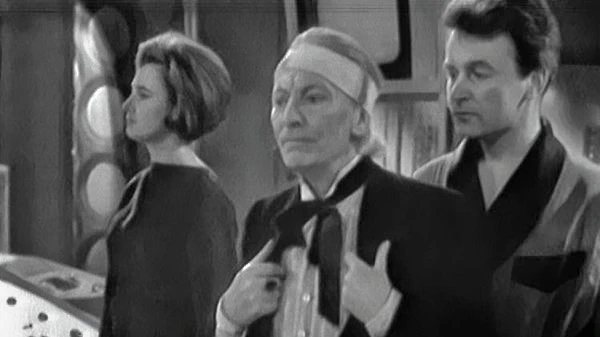
Watched now, Inside the Spaceship proves itself to be a remarkable little story, and one that marks a major turning point in the development of the central characters. At just under fifty minutes in overall runtime, and with a fast pace to cover the slim plot, it's closer in style to a modern Doctor Who episode than a production from 1964 has any right to be. While a modern fifty-minute episode squeezes in as much plot as an old-fashioned six-parter with ease, where this story is most like the contemporary series is in its commitment to character, rather than its approach to action.
Inside the Spaceship only ever existed to fill a gap in production. When Donald Baverstock, Controller of Programmes at BBC TV, greenlit Doctor Who in 1963, he only granted it a run of thirteen episodes. To get the budget for more, the series would have to prove itself, and as such, there was a very real chance that it would last for only those thirteen episodes, and that would be it. There was an awful lot of to-ing and fro-ing when it came to the series' initial line-up of stories, but by the time production was starting, three serials were set to go into production: Doctor Who and the Tribe of Gum (better known today as An Unearthly Child, among other variable titles), The Mutants (The Daleks) and A Journey to Cathay (Marco Polo). With the first serial set to run to four episodes, and the others seven each, the production team were already over-burdened by episodes.
David Whitaker, one of the most influential writers on 1960s Doctor Who, was charged with the job of crafting a filler story: a two-episode diversion to slot between the Dalek adventure and the epic historical. That would fill the slots for episodes twelve and thirteen, and if the series failed to perform, that is where it would stay. On the other hand, if Doctor Who did well enough to secure further funding, then it would roll straight on to episode fourteen. Happy days.
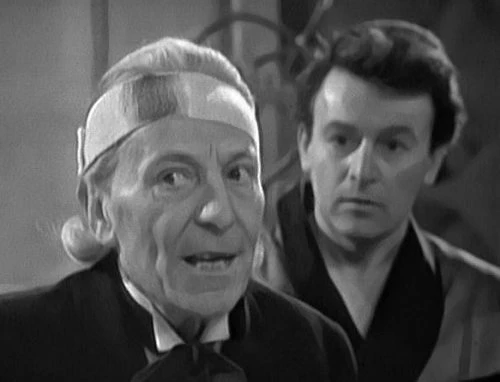
Whitaker was handed the nightmare brief: no new sets, no extra cast, just a quick and easy story to be made cheaply. This was already November, with the series going into production for a premiere on the 23rd that month. Whitaker, with consummate skill, bashed out the script in two days. Given the restrictions, it would have been understandable if what he handed in had been rubbish, but what he produced was an intense character piece with a healthy dose of tension and a hint of horror.
The resulting story is a surreal creation, with heightened performances, peculiar direction and some bizarre script decisions. All of this works in its favour. When the original idea for Doctor Who was being sketched out, these "sideways" stories were intended to be a regular thing, as common as the futuristic and historical adventures. Whitaker approached the scripting of Inside the Spaceship as a ghost story: an inexplicable force seemingly takes control of the TARDIS, causing the Ship to run out of control, with the crew driven to fear and paranoia.
Remember as well that, in its earliest days, Doctor Who was essentially one long serial, with each story bleeding into the next. Inside the Spaceship is less a story in itself, than a chapter in the ongoing story of the first season. It acts as a major turning point in the story that begins in An Unearthly Child, a culmination of the distrust between the Doctor and his new human companions. From the outset, the TARDIS was a dangerous, liminal space where the power lies with the Doctor, himself a sinister, unknown figure.
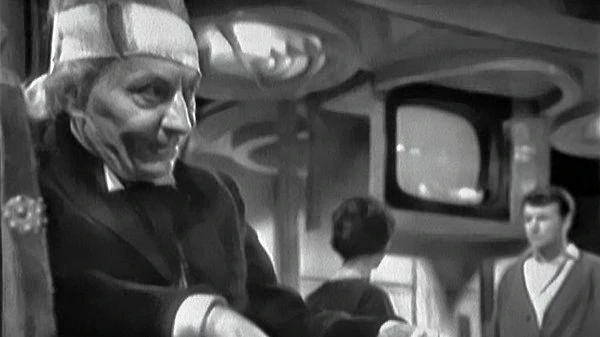
When the TARDIS first dematerialised in An Unearthly Child, it knocked out Ian and Barbara, and seemed disorienting and alarming to the Doctor and Susan. Here, the process is even more damaging, knocking all four of them out. Barbara is the first to wake up, followed by Susan, who can’t quite remember where she is or who she is with, and is suffering from a pain in the back of her neck. The Doctor has an injury to his head, and Ian is severely disoriented. It only gets worse from there: the TARDIS doors start to open and close at random, risking the occupants, while other systems start to malfunction. Yet the fault locator at first registers no problem, and then goes haywire itself.
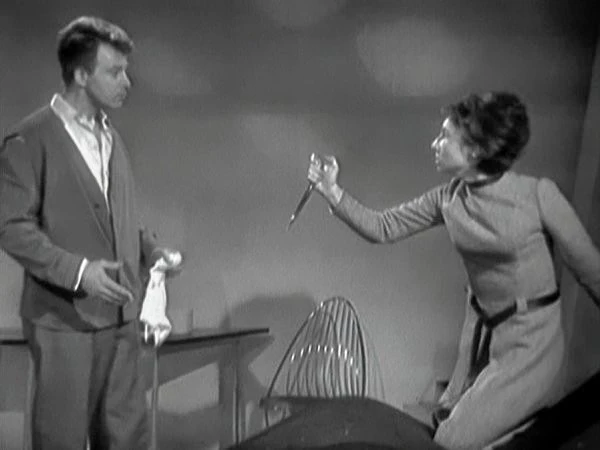
Susan becomes convinced that some force has invaded the Ship, and when she tries to operate the controls, she passes out again. The Doctor becomes increasingly paranoid, accusing Ian and Barbara of plotting against him. Susan wakes up in her room and goes completely nuts, stabbing her bed with a pair of scissors before threatening Ian with them. All four of them show signs of cracking, moving between lucidity and raving paranoia. The bad blood between the Doctor and the humans grows worse, spilling over into a furious argument. Barbara is pretty incredible, laying into the Doctor for how he has repeatedly endangered them all, and how she and Ian have repeatedly helped them.
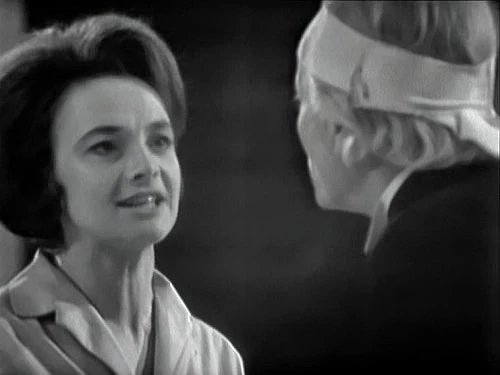
The fight is ended abruptly when Barbara screams at the sight of the control room’s ornate clock, which has begun to melt away. The travellers’ watches have also begun to melt, like they’re all trapped within a Salvador Dali painting. This at least breaks them all out of their anger, and the Doctor begins to behave with rather more civility, but when he tries to attend to the controls, Ian attacks him. He manages to pull himself together and then collapses again. Unsurprisingly this turns the Doctor against the humans again, and he threatens to put them off the Ship. Susan flails between supporting the Doctor and defending the humans, until finally they all begin to work together to regain control of the Ship.
Throughout this chaos, the TARDIS scanner has been showing an array of unrelated images, showing the previous landings: an English countryside is followed by the jungles of the planet Quinnis, “in the Fourth Universe.” (Essentially meaningless, but it sounds really cool.) Finally, it shows planets in space, pulling out to a solar system, then an explosion. It’s Barbara who realises that everything that’s happening is an attempt by the TARDIS itself to communicate with them, as it desperately tries to warn them of some danger. The Doctor initially dismisses the idea that his machine can think (it really is early days), but eventually comes round to it, and deduces that they are spiralling back to the moment of creation of the solar system.
Wonderfully, it turns out that the cause of all this is a simple broken spring: the Doctor had flicked the fast return switch to send them backwards in time in an attempt to get them back to 1963, and the switch had become stuck, sending them further and further back into the depths of prehistory. Hilariously, the switch has a label written on it in marker pen – probably to help Hartnell find it, but also rather perfect for the Doctor and his hotch-potch approach. Fixing it fixes everything, and the travellers have finally proved to each other that they can be trusted to work together. Barbara takes a little convincing, earning her a contrite apology from the Doctor – probably the most humble we ever see the First Doctor.
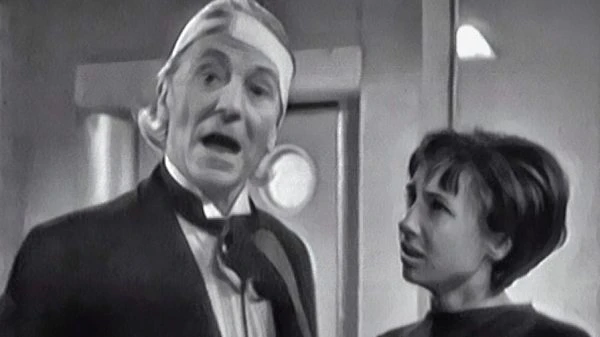
The production is a very stagey affair, essentially a four person play with some very heightened performances. While Jaqueline Hill gives a superb performance, William Russell and Carole Ann Ford don’t quite seem to know how to play their characters in this somewhat deranged state, and Hartnell is as hammy as he’s ever been. There are some strange choices in direction, with the Doctor revealing the truth of the threat with a delirious monologue to camera. Yet all this works with the disorienting nature of the threat and the alien environment of the TARDIS, creating a heightened and confusing atmosphere.
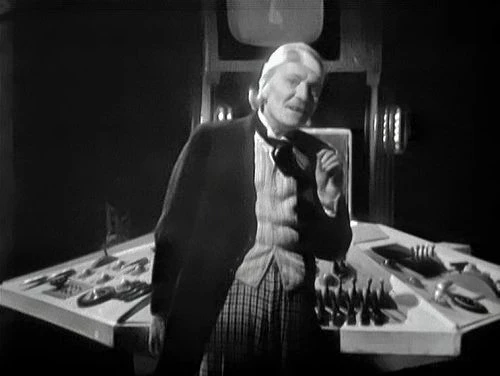
It really is one of the hardest stories to appreciate outside of its original context. Nowadays, we’re used to the idea that the TARDIS is alive and conscious in some sense, and that it has some power of telepathy. To hear the Doctor dismiss the idea is strange to the modern fan, since it has been part of the programme’s lore for so long. As well as evidence against the suggestion that he had built the Ship himself, as inferred by a number of stories, it shows that the Doctor doesn’t really know the first thing about how the TARDIS actually functions. Really, Inside the Spaceship is a poor title, since the TARDIS is far from a mere machine or vessel.
It’s also a genuinely clever bit of misdirection on Whitaker’s part. As Susan begins by thinking the Ship has been infiltrated by some force, and then that the characters have themselves been possessed in some way, it seems like exactly the sort of thing that should happen in Doctor Who. As young as the series was, science fiction was well-established in the 1960s, and there were any number of stories in which an alien force entered and affected the characters. The revelation that it’s the Ship itself that has been influencing events is a great twist, just not one that works with decades of retrospective knowledge.
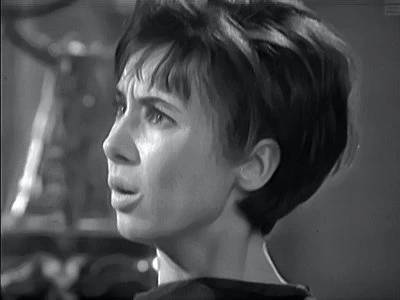
It’s never entirely clear just how much of the characters’ odd behaviour is down to the TARDIS’ mental influence, and how much is down to their own distrust of each other. Whatever the case, the story leaves us with a real crew, and a Doctor whose character has been subtly retooled to be closer to the heroic traveller we’re now familiar with. It’s perhaps less interesting a series than the story of the dangerous alien who abducted his granddaughter’s teachers, but one that’s far better suited to an ongoing adventure series.
By the time Inside the Spaceship went into production, the series’ run had been extended by another thirteen episodes. While it’s a serial that’s very clearly written for a specific job, and one that was ultimately unnecessary at that, it still has a lot to offer as a fascinating diversion in the programme’s formative years.
Dan Tessier (February 2023)



